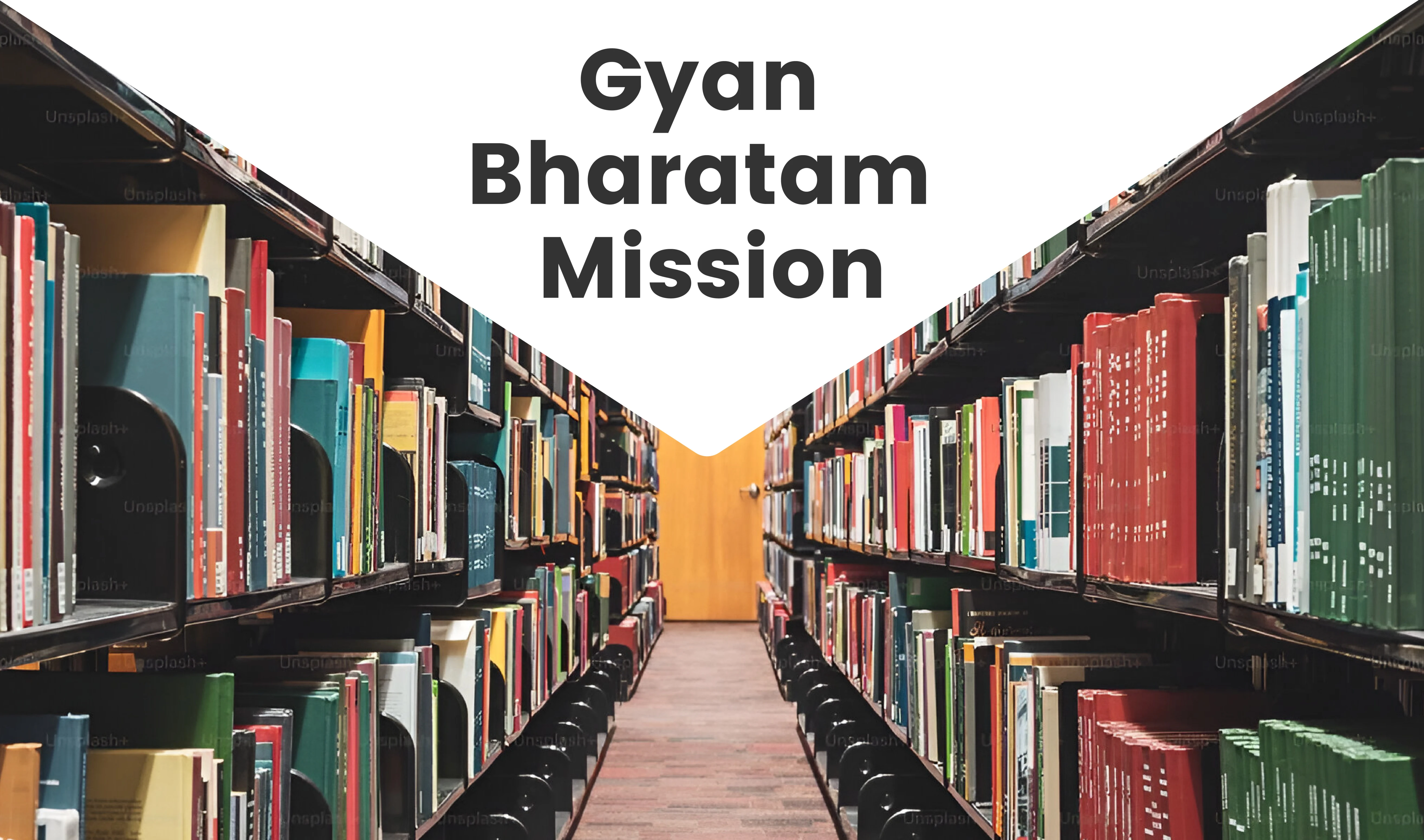Why in the News?
Union Budget 2025-26 announced the Gyan Bharatam Mission for the survey, documentation, and conservation of India's manuscript heritage.
What are Manuscripts?
|
Other Initiatives for Manuscript Conservation
|
About Gyan Bharatam Mission
- Key components:
- Conservation: To undertake the survey, documentation and conservation of more than one crore manuscript heritage lying with academic institutions, museums, libraries and private collectors.
- Creation of Digital Repository: National Digital Repository of Indian knowledge systems for knowledge sharing to be created.
- This platform will be accessible to researchers, students, and institutions across the globe.
- Nodal Ministry: Union Ministry of Culture.
Significance of the Mission
- Fundamental Duty: To fulfill the objective in Article 51A (f) to value and preserve the rich heritage of our composite culture.
- Documentation: Location of the unknown manuscript reserves in the country, reaching out to the grass root level for gathering information, and creation of the digital catalogue of manuscripts.
- Manuscript Studies: Create a resource pool of scholars and specialists in various aspects of manuscript studies
- Conservation: Safeguarding tangible cultural heritage while ensuring its accessibility to present and future generations.
- Accessibility: Allows wider access to rare and valuable texts keeping them for long times.
- Collaboration: Facilitates collaborative research and sharing of resources for knowledge systems.
Challenges in the Manuscript Conservation
- Environmental: India's diverse climate, especially high humidity in coastal and tropical regions, coupled with natural disasters accelerates the deterioration of manuscripts.
- Lack of Awareness and Cultural Neglect: Traditional knowledge stored in manuscripts is often undervalued in the modern education system, leading to a lack of urgency in preservation.
- Infrastructure deficiencies: Lack of adequately trained professionals, storage of manuscripts in poorly maintained libraries or private collections without climate control, etc.
- Linguistic and script diversity: Manuscripts exist in multiple ancient scripts (Brahmi, Kharosthi, etc.), making transcription and preservation difficult.
Way Forward
- Digital preservation: It refers to a series of managed activities, which are necessary to ensure continued access of digital materials for as long as they are necessary.
- By harnessing advanced imaging techniques and digital preservation strategies, digitization ensures the longevity and accessibility of manuscripts, transcending geographical boundaries and facilitating global collaboration in scholarly research and education.
- Use of 3D Printing Technology: Tara Prakashana Vedic Library and Research Centre inaugurated a 3D printing laboratory for manuscript preservation and conservation.
- Using Artificial Intelligence: A process called inpainting AI algorithms has been used by the MACH laboratory in Cambridge to identify damage and reconstruct lost images in old manuscripts.
- Inpainting is a technique for filling in missing or damaged parts of an image, can be achieved "via" various methods, including deep learning models, spatial projections, and iterative probabilistic modeling, among others.
Some important Manuscripts in India
Manuscripts | Author |
Natyashastra | Bharata Muni |
Mahabharata | Vyasa |
Mahabhashya | Patanjali |
Prayoga-Ratnamala Vyakarana | Purushottama Vidyavagish |
Arthashastra | Chanakya |
Aryabhatiya | Aryabhata |
Brahmasphutasiddhanta | Brahmagupta |
Sushruta Samhita | Sushruta |
Ashtadhyayi | Panini |
Rajatarangini | Kalhana |




